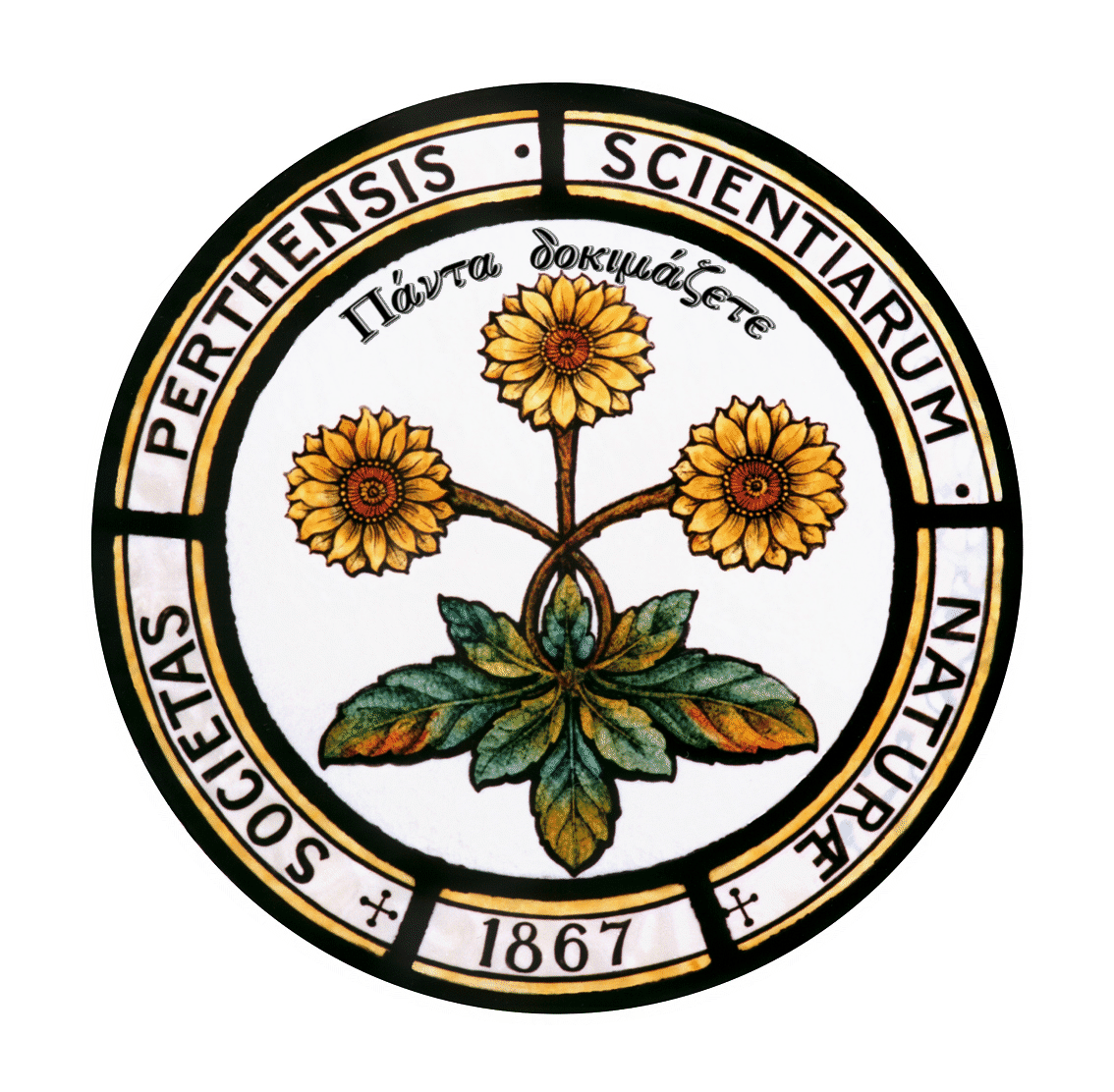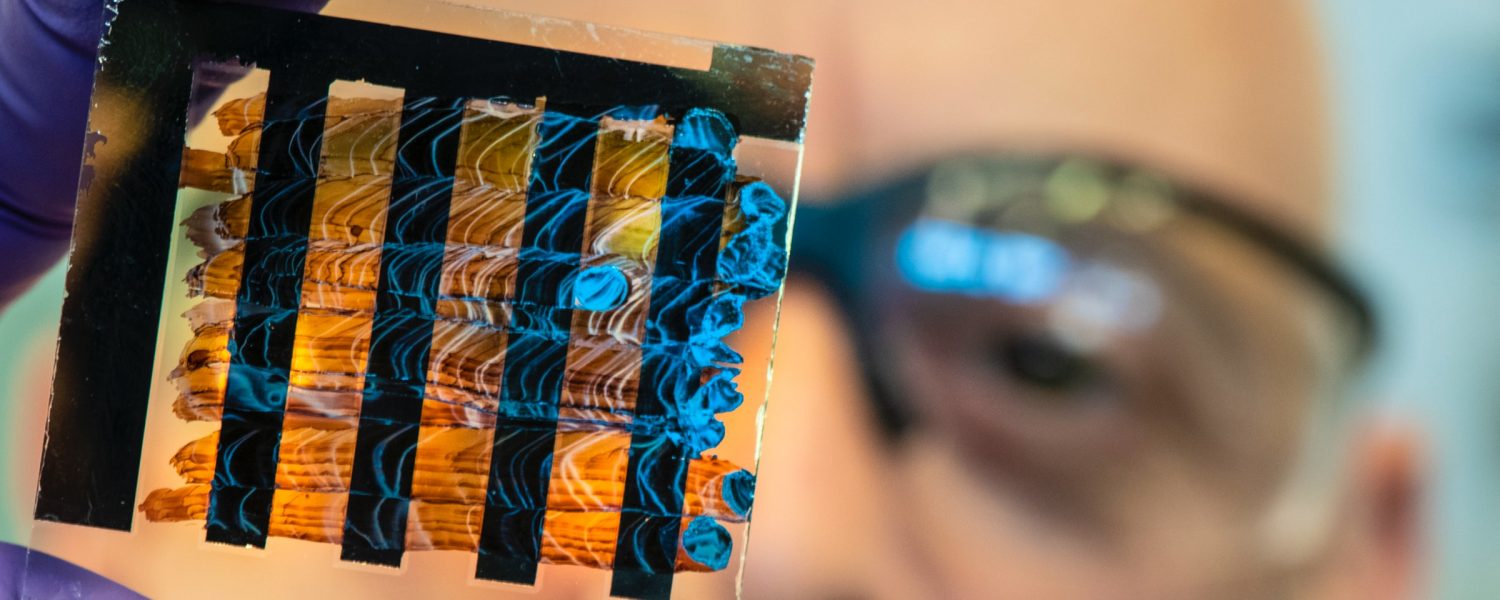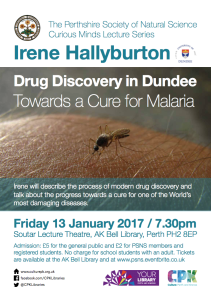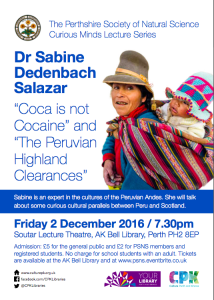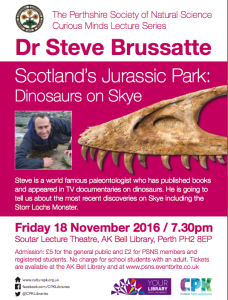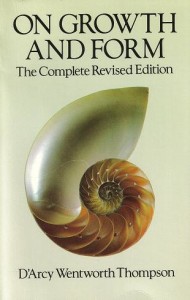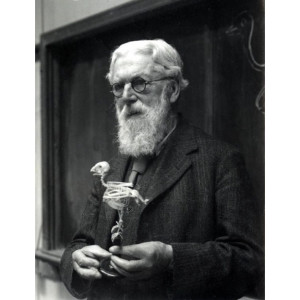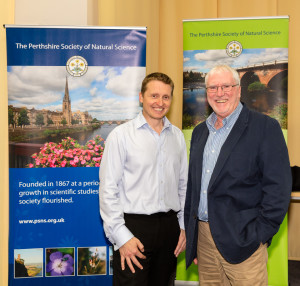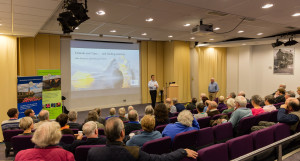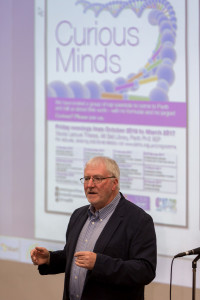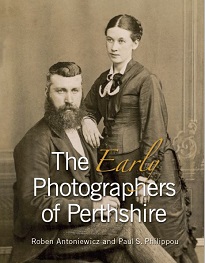Living as I have done for over 25 years in Craigie above Clunie loch, my patch stretches from the Lunan Valley to the River Tay. I have taken part in many surveys, mainly for the BTO, and when at home on New Year’s Day have birdwatched from dawn to dusk noting all the bird species seen. One thing is clear, there are now fewer birds of all sorts than there were 20 to 25 years ago. Farming practices will have a lot to do with that but there are probably other reasons such as climate change that are out with local activities.
Waders have all but disappeared. Yet on 10 May 2000 on a short walk from my house we saw 4 sitting Lapwing, plus 2 in display flight, and 7 others. Last year, 2020, there were none. Within walking distance of the house we could find breeding Curlew, Lapwing, Oystercatcher, and Redshank. In the past two years no more than a pair each of Lapwing and Oystercatcher have between seen in the summer.
My Millennium walk on 1 January 2000 occurred on a dry day with a bright start becoming cloudy, but with good visibility all day. Everywhere was frozen to ice, smooth on the road, ankle-twisting bumpy in the fields. I viewed the birds from the kitchen window as I ate breakfast and left the house at 0915, finding a Snipe in a boggy pool, before heading down to Clunie Loch, which was 90-95% frozen over. There were still 60 Cormorants at the roost in trees on the island. The first of many Buzzards appeared (I saw 19 in all that day). On and around the small patch of open water there were 100 Mallard, 22 Tufted, c. 20 Teal, m12 Wigeon, 4 Pochard and a few Coot. Then over fields to the old footbridge below Forneth, up across the public road to the fields above Forneth House and down by Wester and Easter Tullyneddie to New Mill on the Lunan which I crossed by the old eel dam, and thence to Drumellie loch. Here, I was rewarded by a nice party of Long-tailed Tits and 3 Goosander. Somewhat birdless fields on the way to Drumbeltie where in the”secret” pool in the wood I found a Grey Heron and a Mute Swan.
Over fields that had been flooded to the Tay opposite the Marsden hide and then along the bank to beyond Garden Cottage. The river here held a few Goldeneye, Herring and Great Black-backed Gulls. I persisted and went out onto the shingle banks beyond the cottage. Here, I was delighted/surprised by, first, a Greenshank, and then one and then a second Green Sandpiper. With the day fading I was lucky to pick up a Treecreeper and a Grey Partridge on Delvine estate.
The early part of the day was notable for numerous small to medium flocks of small farmland birds – especially attracted to the rape and weedy set-aside and game cover fields. There were two nice parties of Skylarks. Finch highlights were two Bramblings in the upper fields and c.50 Reed Buntings above Lethendybank. The days total of 55 species included 3 introduced species, Pheasant, Red-legged Partridge and feral Pigeon.
The following year, the walk covered similar ground, melting snow making for slow progress, with the same species total. However there were 9 species seen in 2000 and not in 2001, making it 64 over the 2 years, and I missed some Waxwings that a neighbour saw! An excerpt from my diary for that day records that the roadside hedges were alive with small birds, Yellowhammers, Greenfinches, Tree Sparrows, Reed Buntings and Fieldfares. A chirruping flock of about 30 Skylarks passed over.
Fast forward to January 2019 and 2021. Much the same country was covered, but age was taking its toll and some of the less, productive sections were missed and the walk split into sections with a return to base in between. The weather was mild in 2019, but in 2021 ground was again frozen. However, the hedges held only a handful of small birds, and even in the garden there were fewer. So, over these two years, the total was just 45 species, with big losses among the passerines on the farmland, hedges especially, and with the waterbirds. Changes in farming practices are almost certainly responsible for the disappearance of the small birds. And warmer winters are probably responsible for the much smaller numbers of wintering wildfowl who have discovered that they no longer need to leave northern lands to find open water in the winter. This current winter may turn out to be colder than those preceding. It will be interesting to see if waterbird numbers approach those of 20 years ago.
Late summer 20 years ago would see 60 to 100 hirundines gathering on electricity lines outside the house, particularly House Martins. In recent years there have been only 3 or 4 House Martin nests in the hamlet, which have had mixed success, Swallows likewise, so that post-breeding gatherings are now in the low teens. Coinciding with the drastic reduction in rabbit numbers due to myxomatosis Buzzard pairs have reduced from about 7 within a mile of the house to 3 to 4. We now see no Kestrels, but Sparrowhawks still raid the wee birds in our gardens.
The one big plus has been the increase in Osprey numbers in Perthshire, with one pair breeding on Clunie Loch every year since 2017, and raising 6 young in total.
Agriculture has become much more industrial as well as relying on more and more chemicals, and game shooting has led to the release and preservation of thousands of game birds, upsetting the balance of nature. Warmer winters of recent years have changed the migration habits of our winter visitors. It will be interesting to see whether the current winter will be a one-off or a turning point to winters of yore.
David Merrie
January 2021
